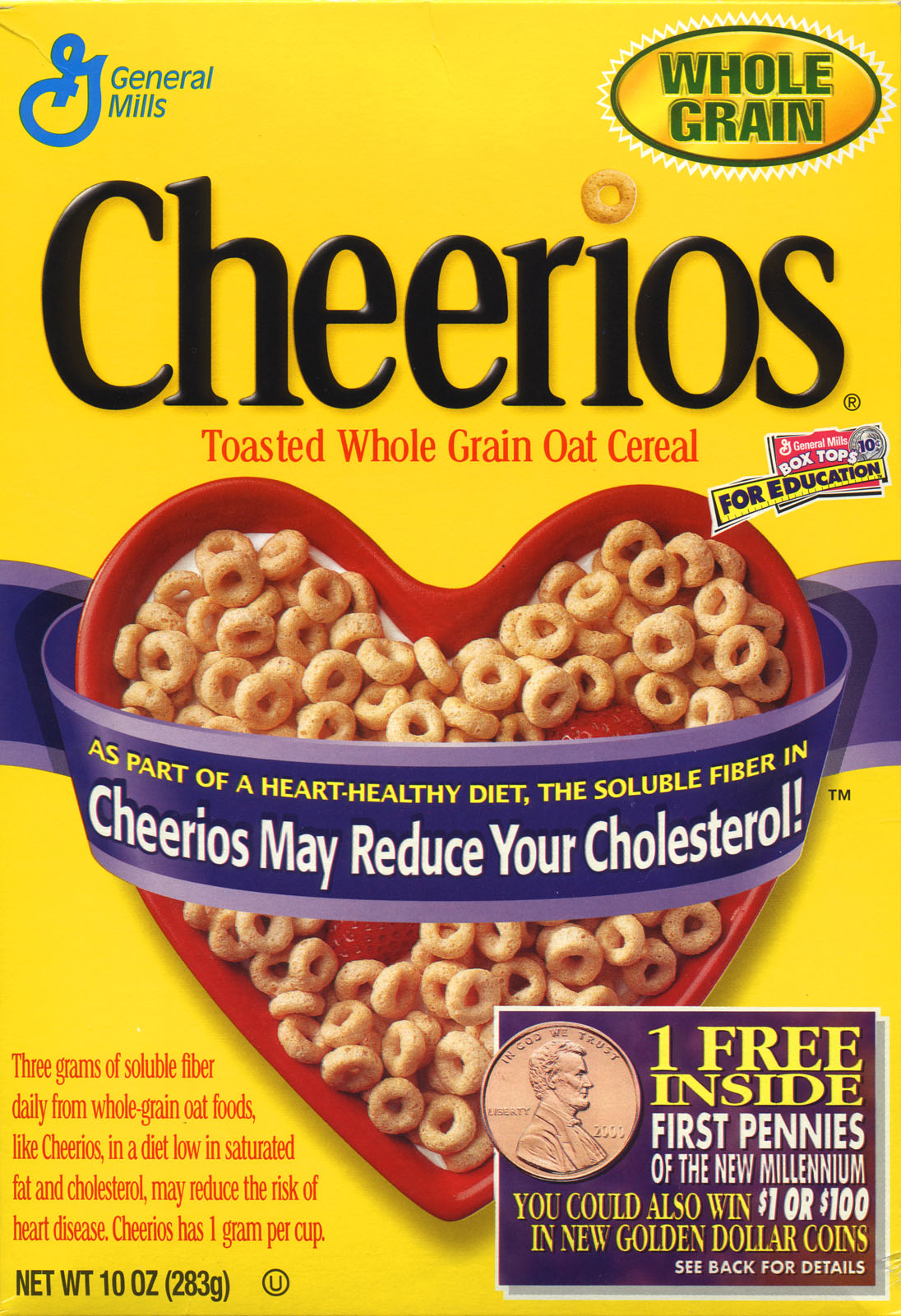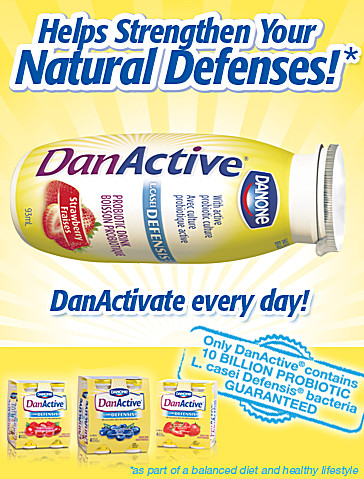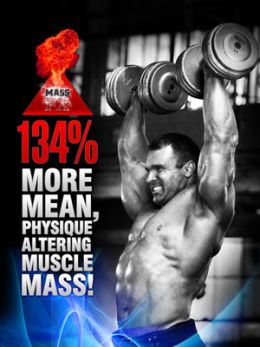
Kid Essentials Package (image file)

Dan Active (image file)


POM Health's Angel Print Ad (image file)

Xenadrine (image file)

| Timing |
| Advertisements |
| Lesson
Description |
Cheerios Package (image file) Kid Essentials Package (image file)  Dan Active (image file)  |
Mass FX (image
file) POM Health's Angel Print Ad (image file)  Xenadrine (image file)  |
| Eve POM Wonderful https://www.youtube.com/watch?v=5EJTe14yPfo Gatorade Has Evolved https://www.youtube.com/watch?v=nWAjioAfDW0 5 Hour Energy https://www.youtube.com/watch?v=X8Sq25eToVo Jamie Lee Curtis and Activia Yogurt https://www.youtube.com/watch?v=9j9nRJgX5iQ |
| The lesson is divided into three
main parts: print advertisements, video advertisements, and
production. The lesson begins with a discussion of print
advertisements. The teacher should bring in or have students
bring in magazines, newspapers, and other forms of print
advertisement. Students are then asked to identify advertisements
that use key science words. Key Science Words: probiotics, study, studies, research, antioxident, natural, bacteria, energy, metabolism, immunity, clinical, increase, decrease, cholesterol If time is allowed students can do this in groups (possibly in a previous class period), but for a 45 minute class the teacher can lead the discussion. The teacher shows an advertisement and says, "Advertisers use specific techniques to get people to buy products and influence choice. What are some techniques you know of?" The teacher leads students into taking about the use of science in advertising and then tells students they will be analyzing advertisements over the next few days for their use of science. The teacher then leads the discussion below with an ad. Teacher: What is this advertisement selling? Student Response Teacher: Which key science words are present on this advertisement? Student Response Teacher: What is happening? Student Response Teacher: What objects can you identify? Student Response What are the people in the image doing? Student Response What do the facial expressions or body language suggest? Student Response What characteristics of buildings or environment give you clues to the location? Student Response What are the people wearing? Student Response What is the relationship between the people in the advertisement? Student Response What interests you the most about the advertisement? Student Response The teacher should lead the discussion to keep students on track, but let students provide their own insights. Use a chalkboard, whiteboard etc. to write down student responses. Next, the teacher should divide the class into groups and give each group another ad to analyze using the Advertisement Dissection and Analysis worksheet. Students then come together with 10 to 15 minutes remaining to present what they found about their advertisement. For the next lesson (Day 2) the teacher has several options. 1) The teacher can use computers already present in the room to have students work in groups 2) The teacher can have students work in a computer lab in groups. 3) or the teacher can have students all watch the same advertisement together in class. The first and second choices are the best since they allow the groups to work with videos to pause, rewind, and otherwise control the video. The teacher begins the lesson by telling students they will be doing a similar activity to what they did yesterday but with video. Students are introduced to vocabulary by reviweing the TV Commercials Vocabulary Table found on this document. The teacher starts the discussion by asking students if they can name commercials that use science to help sell them - but exclude legitimate drugs (prevent the shouts of "Viagra"). The teacher goes through a commercial with them using the same analysis worksheet. Next the teacher has them break into groups to analyze a different commercial in groups. After groups finish their analysies the groups get together to share their video and analysis with the class. Depending on the number of student groups the time required to finish this lesson will vary. Students next produce their own print advertisement (Day 3). The teacher begins by showing students an example pretend advertisement. Students are given the following choices to make a commercial about:
|
| Home Page |
| Lesson
Overview |
Standards |
Procedure
and
Timing |
Assessment |
Resources |